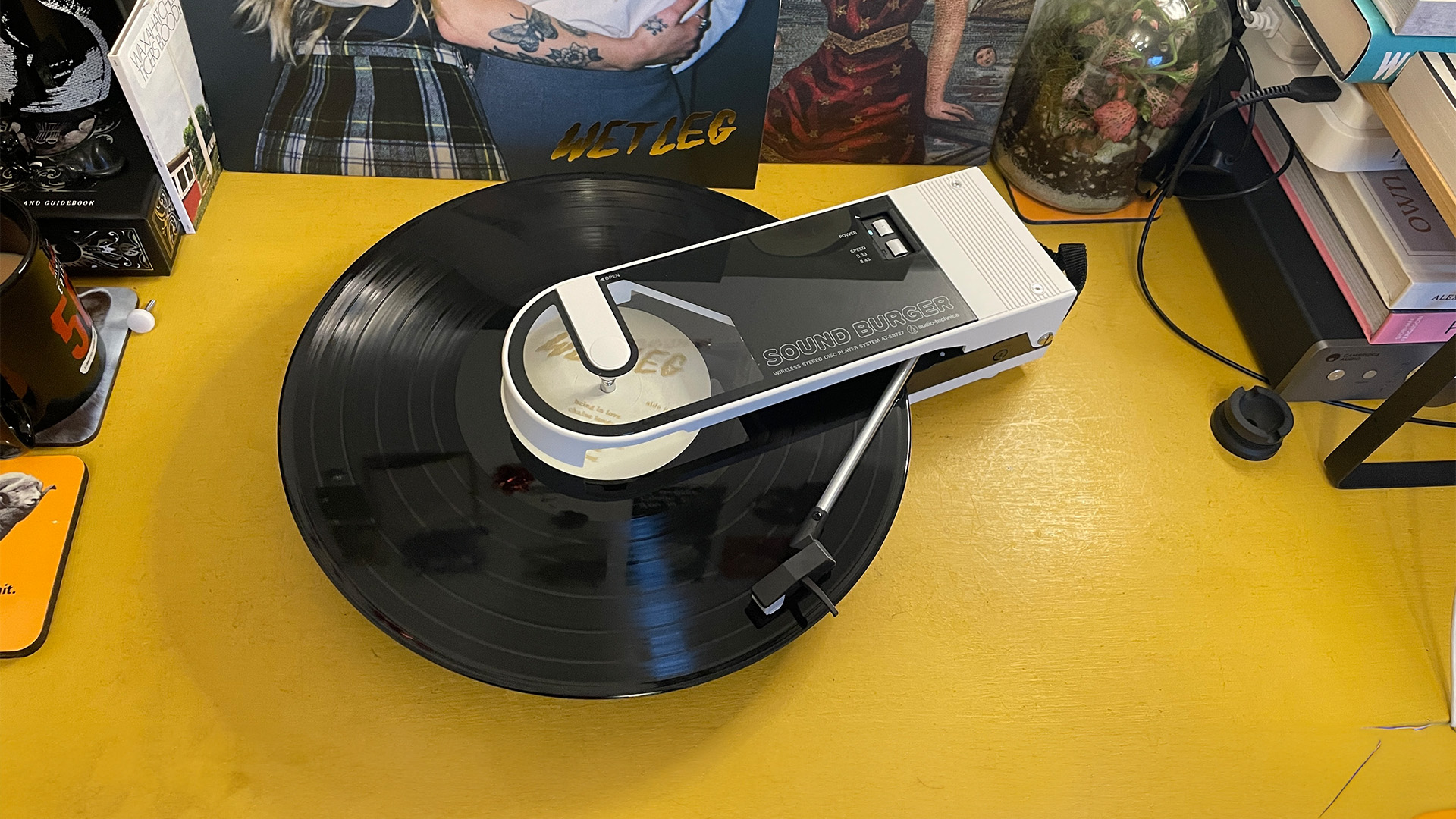Old is gold: why I massively prefer buying old vinyl to new
I've stopped buying new copies of older albums – here's why
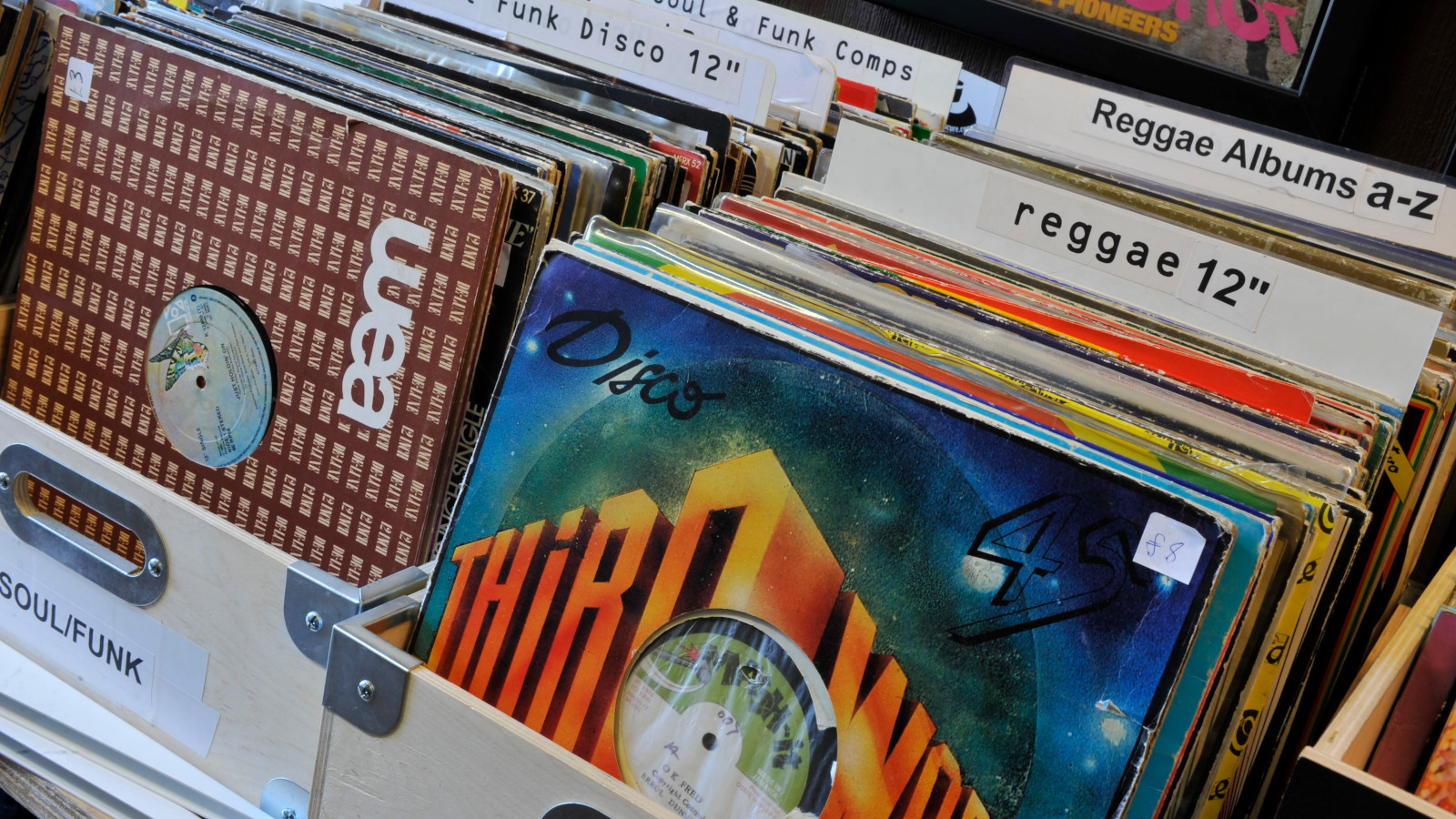
Not strictly in the spirit of Record Store Day, I know, but bear with me.
I'm not talking about new releases, which are obviously on new vinyl – and I'm as excited as anyone for some of the great new records supporting the celebration of bricks and mortar record shops. But let's just say, you will no longer find me in a shop flicking through new, heavyweight versions of decades-old LPs whose original release was primarily on vinyl.
Now, I much prefer to seek out the original or contemporaneous copies of albums that were recorded in or before the 1990s in particular – to complete artist collections I'd already begun, or add now because I wasn't so much into the artist at the time (or wasn't born). I'm not concerned with the weight of the vinyl, and how much better or worse it might sound whether it's 180g or 120g. I'll leave that debate to others.
So why do I care so much about a record's age?
Not 'our price'
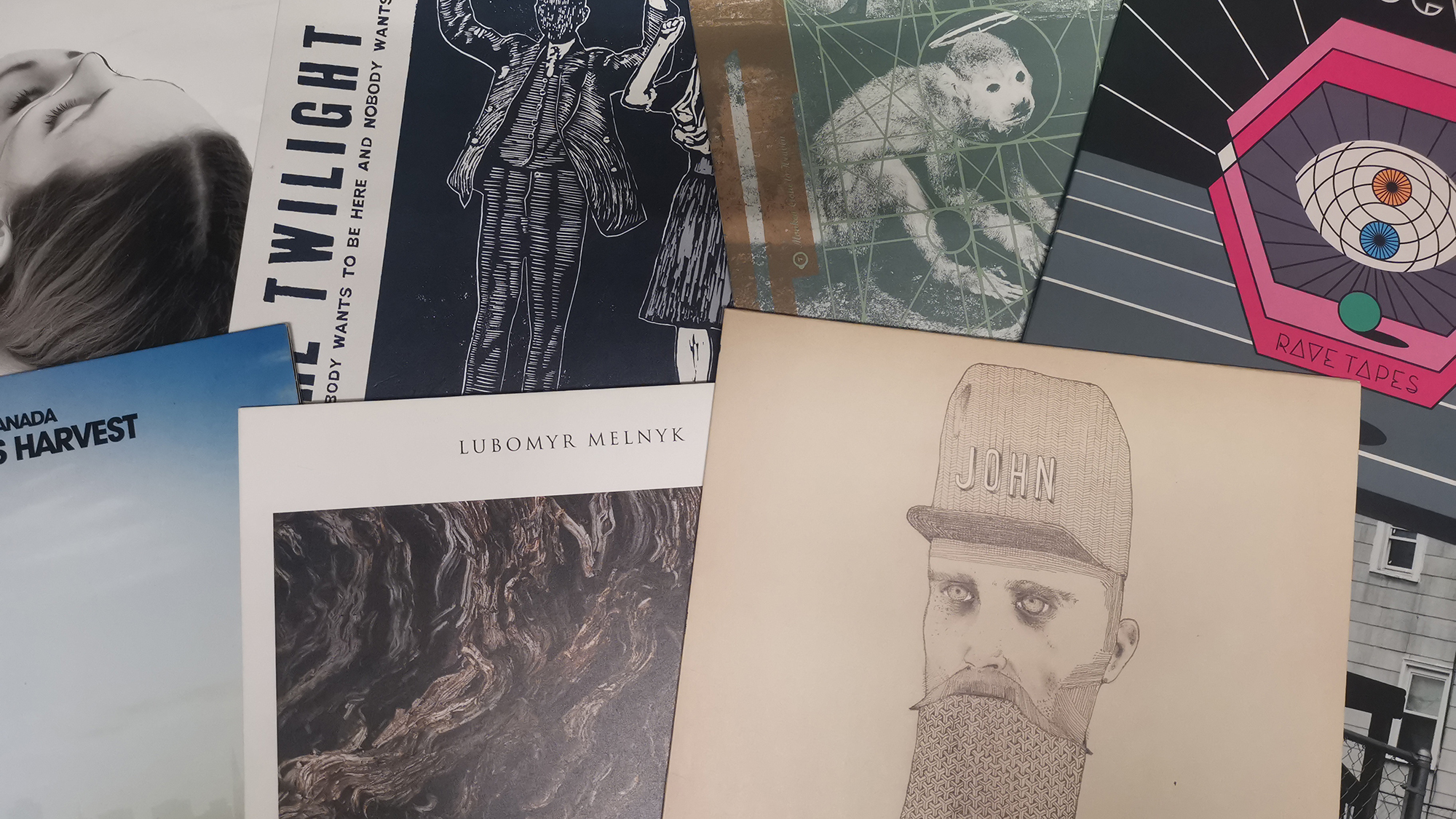
First let's address the phenomenally expensive elephant in the room. Vinyl has risen in price dramatically in recent years, with Discogs' Marketplace analysis finding that the average price of one vinyl record is around 24 per cent more expensive than it was five years ago.
So, forty quid-plus for a re-release of, say, a 1980s album is tough to justify for music I may even already own on CD but simply want to add to my vinyl collection. I've bought great-condition copies of ’70s and ’80s albums for a quarter of that price that sound just as good, if not (perhaps subjectively) better, than a new pressing.
Long before I became a 'proper' (rather than incidental) collector of vinyl – ever since joining the format's revival as I wrote about here – by the mid-’90s, I already owned a ton of records. I started buying music in the 1980s, when it was one of three options alongside cassette and CD (but, like most people I knew, I didn't have a CD player yet). All through vinyl's fallow years, I kept all my records, managed to store them well, move house with them remaining intact – and now those records are my favourite part of my collection.
Get the What Hi-Fi? Newsletter
The latest hi-fi, home cinema and tech news, reviews, buying advice and deals, direct to your inbox.
A lot of that stems from the fact that I can pretty much remember when and where I bought those LPs – and just what each meant to me at the time. Nostalgic, certainly, but I am certainly never going to remember those details about a record (even one I may have always wanted in my life) that I just bought after fighting my way through Manga merch in HMV last week.
The nature of finding a great second-hand record, on the other hand, makes its purchase so much more special.
Rewarding work
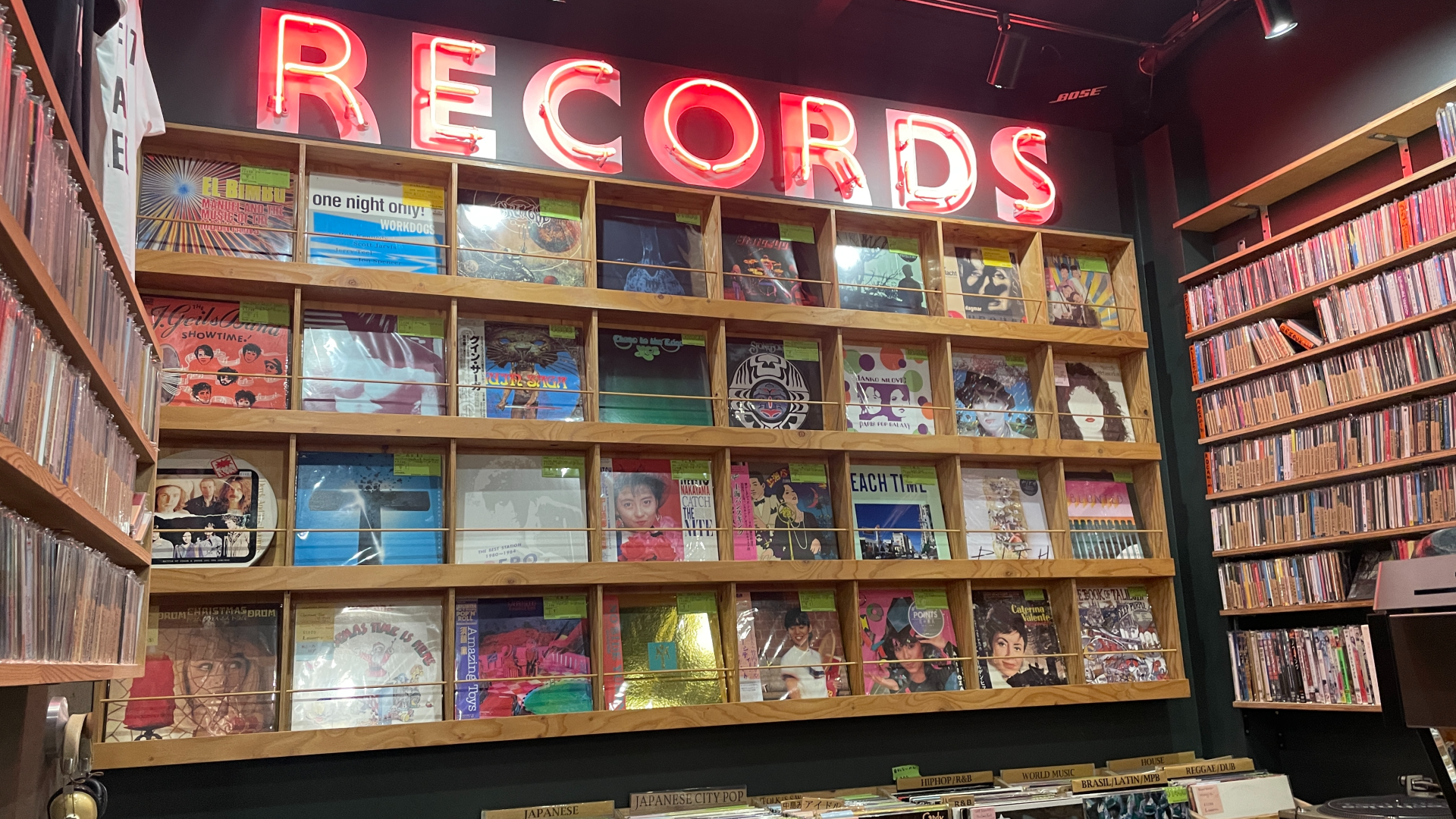
Ask any collector – of stamps, pre-war spoons, taxidermied kittens, whatever – collecting is only really fun if you have to work for it. The thrill is indeed in the hunt. I find it way more rewarding to track down a good quality second-hand copy of a desired record.
That joy can come from a surprise, affordable find at a record fair or charity shop (where I won't pay more than £20-ish for an album, as a general rule), or from the joy of sliding an online-purchased record out of its sleeve to find it still has fanclub inserts or even the record label's 'Nice Price' adverts from its time. It's extremely gratifying to add a new (old) record to sit alongside my old (old) records.
Recent additions I'm particularly pleased with include The Cars’ Candy-O and the Rolling Stones' Beggar's Banquet, both bought for just a tenner, from our wonderful local record fair. In contrast, I'm way less thrilled with my new-vinyl copy of Led Zeppelin II. The extra-weighty 'Brown Bomber' sits, awkwardly I feel, between 40-plus year old copies of Led Zeppelin and Led Zep III, the latter with its original, beautiful rotatable sleeve still intact.
Double trouble
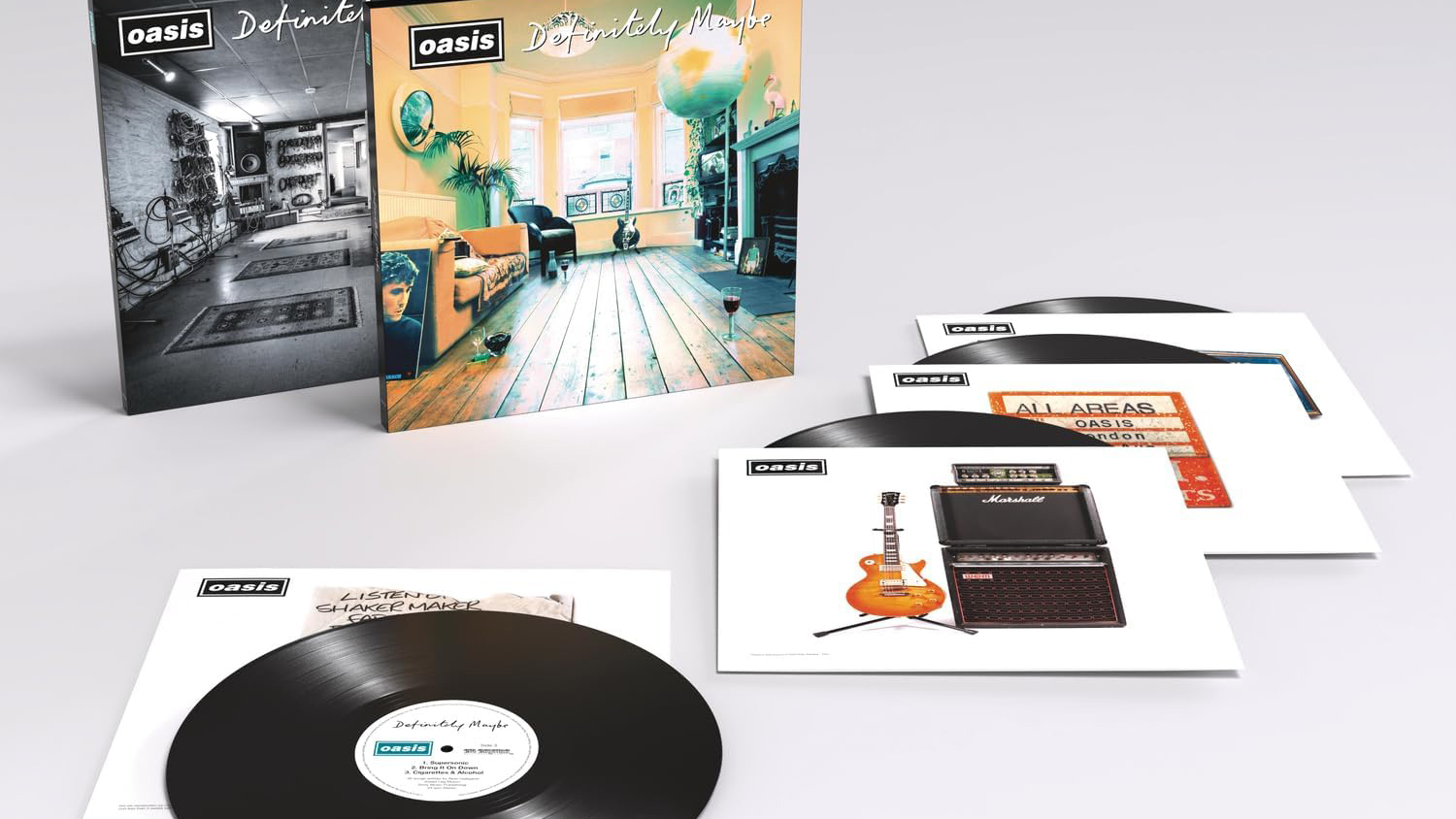
Then there's the matter of new vinyl's formatting. Originally LPs were of a certain length – you can only fit so much of that spiralling groove within the confines of a 12-inch platter. This, of course, dictated the length and thus running order of an album, which in turn affected what made the cut and what didn't (the beautiful Silver Springs, for example, incredibly didn't make Fleetwood Mac's Rumours album originally).
With new vinyl marketed more as a luxury edition of an album release, one conceit by record labels seems to be to make double albums out of what was once – and/or really only needs to be – a single album release.
At best, you're having to change the record more frequently, interrupting the flow of a record that had a specific running order for sides A and B. At worse, this can result in Side D containing just one crappy out-take track. I'm looking at you, Queens Of The Stone Age's In Times New Roman – there are two-sided albums, and there are four-sided albums; three sides is frankly nonsense.
This sort of thing reinforces a creeping sense that a new vinyl release somehow isn't as much of a 'proper' thing – a cynical marketing move, even, to sell more formats of the same product.
Not all are created equal
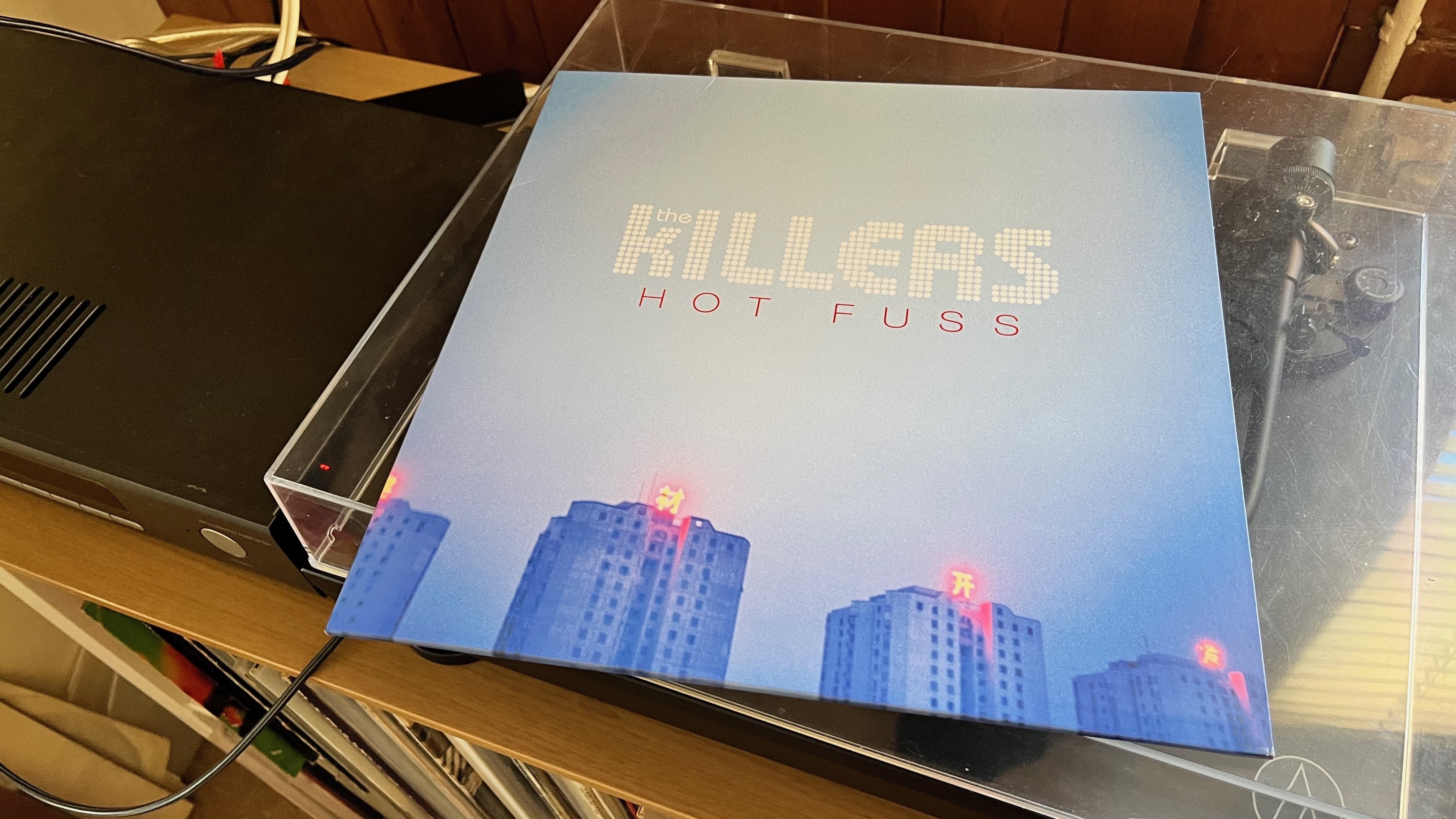
It stumps me as to why (please, someone tell me), but in my experience, not all new records seem to sound as good as they should. I've bought new-vinyl versions of albums that sound muggy to the point of being significantly worse than an MP3 burned from CD.
If you believe a lot of record-collecting forums, it seems not totally uncommon for some newer recordings to be made from the most recent version of the album because the record label no longer owns the original analogue master. Which could mean from CD or even MP3, and so at best they lose a lot of the warmth of the original vinyl; at worst, they just don't sound good.
A quick check on Discogs tells me that my copy of The Killers' Hot Fuss (the worst offender I own in the new-vinyl sound quality department) was pressed from an original vinyl mastering. Which, of course, spanners the above theory somewhat. Still, for whatever reason, that particular recording does sound poor – and I paid a new-vinyl premium for it, just for the sake of owning it, despite already having it on CD.
This has sown some seeds of doubt with me as to how good new vinyl actually is, comparatively – but since I've also bought Black Sabbath's Paranoid and Pink Floyd's Dark Side Of The Moon on new vinyl, which both sound incredible, that is probably just me actually being paranoid.
Sure, older vinyl can have its imperfections, scratches, and wear and tear. But so long as that intended warmth and great resultant sound is coming through my speakers, the odd pop and crackle that goes along with it and betrays the record's age, to me confirms its authenticity and enhances the listening experience. I don't necessarily prefer the way old records sound, but I'm more than OK with it.
In the vinyl analysis…
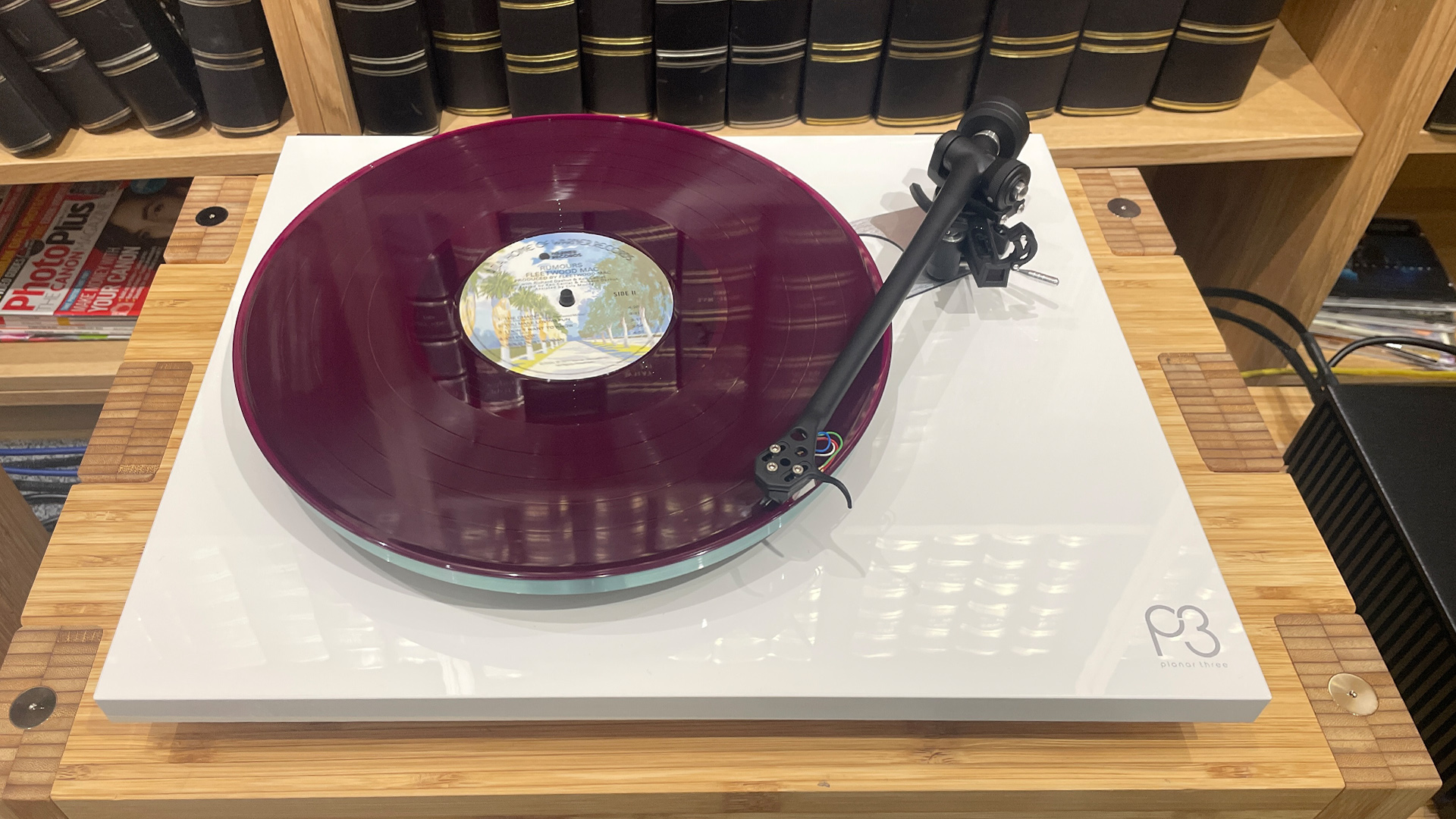
Perhaps the main reason for my greater love of old vinyl, though, is that, when it's in good condition, a second-hand record feels as though it's been really cared for and loved by someone. For whatever reason it ended up in a second-hand store, and along whatever long and winding road it took to get there, someone once bought it and played it, and quite probably loved it as much as I do now.
But, that said, all vinyl is great to play and own, whatever its weight, age or provenance – and the fact that this venerable format is thriving in 2025 is a certainly a massive cause for celebration either way.
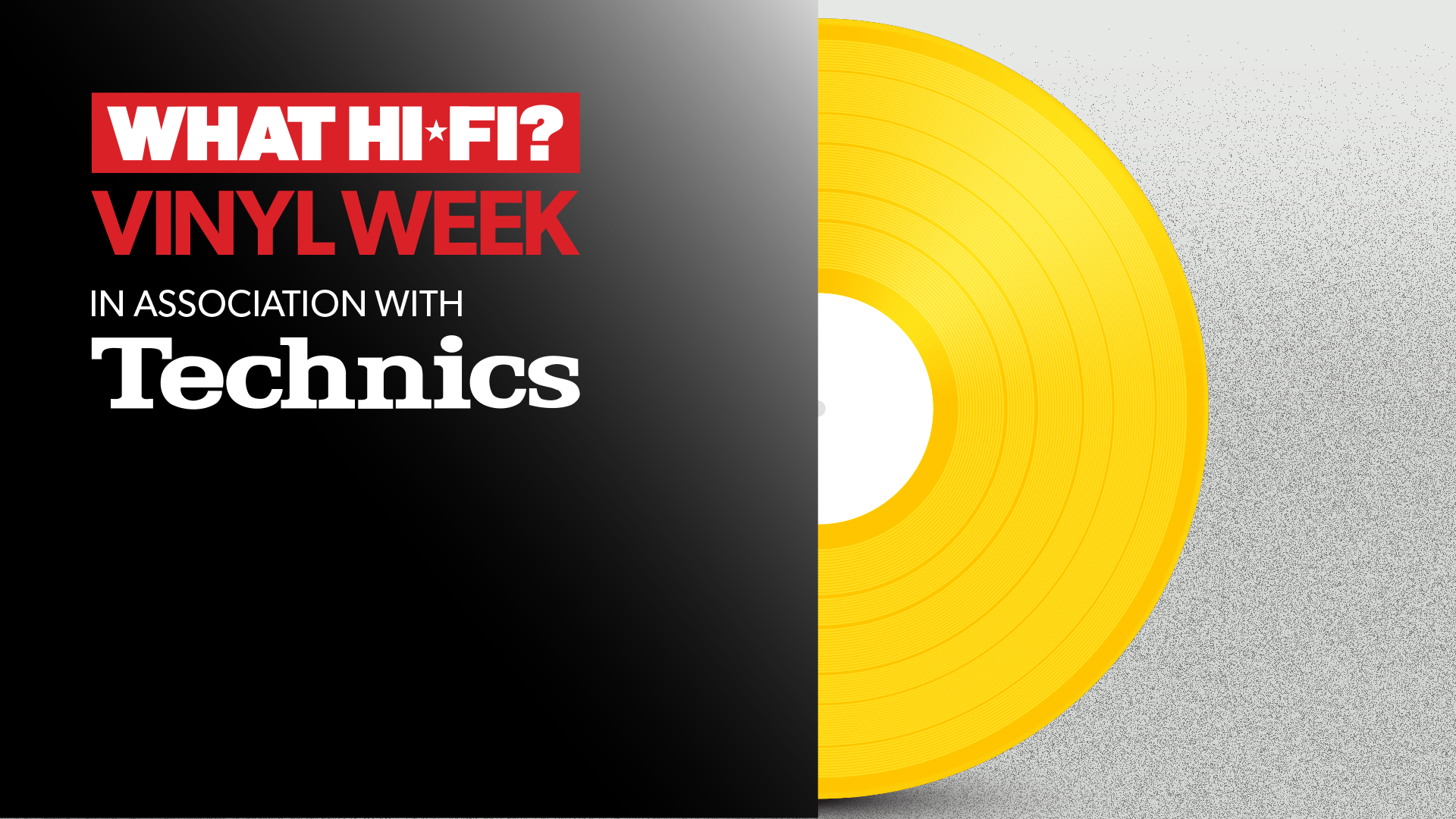
MORE:
9 tips for new or returning vinyl fans that will help you on your record-collecting journey
How to store records: 9 tips for keeping your vinyl tip-top
Check out all of our Vinyl Week 2025 coverage
Chris is What Hi-Fi?'s Production Editor. He has 25 years under his belt as an online and print magazine journalist, editing and writing about music, film, sport, video games and more. Having started his career at the NME, he spent 10 years on staff at legendary lad's mag Loaded, and has since been Editor of Rhythm and Official Xbox magazines.
You must confirm your public display name before commenting
Please logout and then login again, you will then be prompted to enter your display name.
